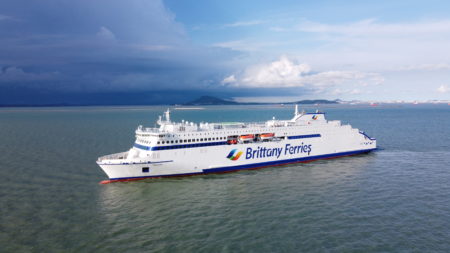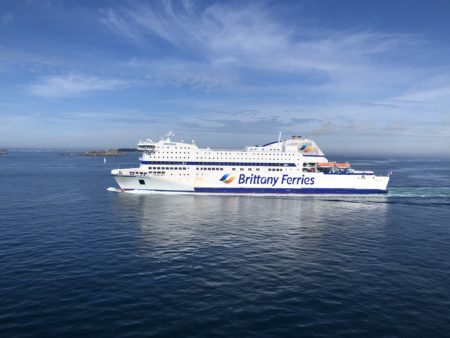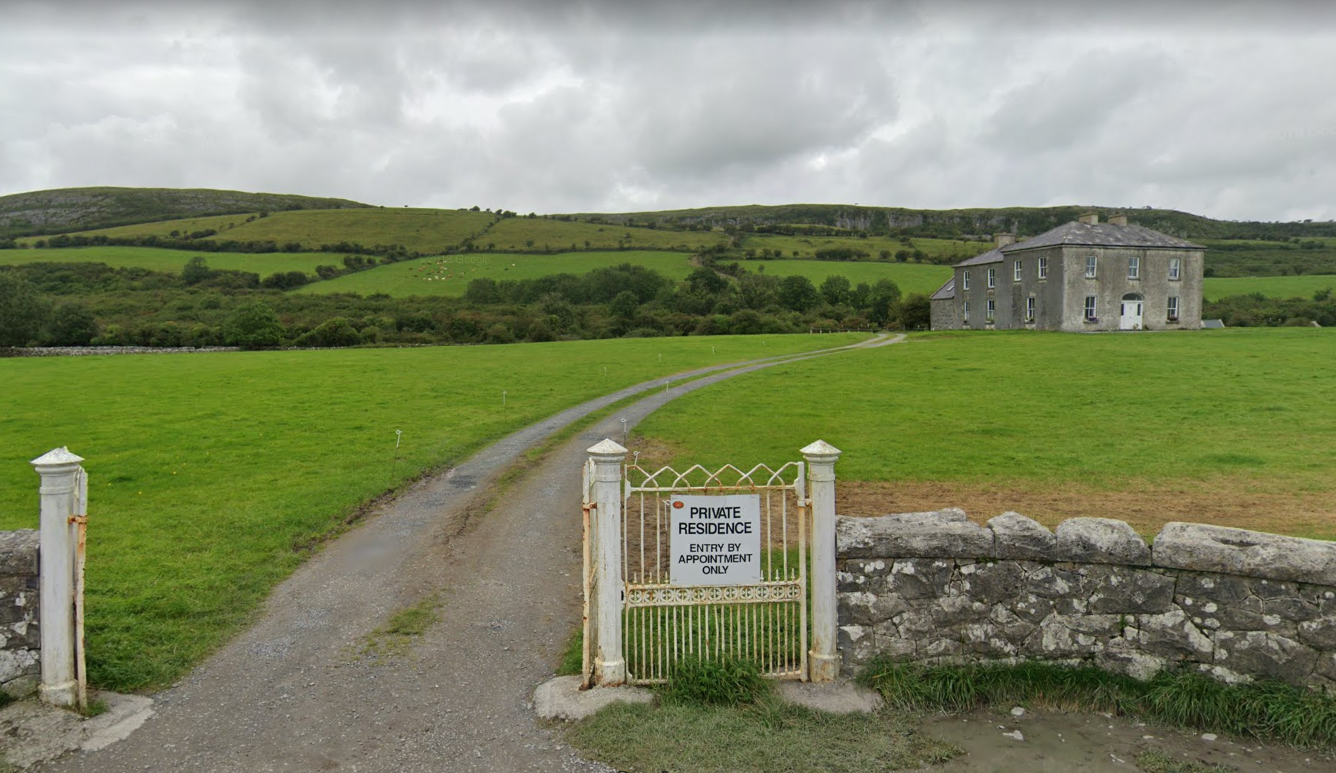8 February 2021
By Elaine Murphy
elaine@TheCork.ie
Brittany Ferries operates in 12 ports: Cork, Rosslare, Bilbao, Santander, Portsmouth, Poole, Plymouth, Caen, Cherbourg, Le Havre, Saint-Malo, Roscoff
A growing number of haulage companies are shipping goods using unaccompanied trailers. Brittany Ferries says demand is rising, and the ports it serves on the western Channel in France, the UK and Ireland are set-up to receive these loads. It believes more companies will look west in the months to come, and it has urged hauliers and logistics companies to get in touch.
“Things like negative Covid tests for drivers are certainly helping drive the trend for unaccompanied loads,” commented Simon Wagstaff Brittany Ferries freight director. “However, there are other financial benefits in going driverless. We know of one large haulage operation in Ireland, for example, that has organised reciprocal arrangements with another in Spain, dropping off and picking up trailers for each other. That’s a cost-effective way of doing business.”
All ferry companies have reported reduced freight volumes in January as a consequence of Brexit fears and stockpiling by companies. However, while volumes are low, Brittany Ferries says the proportion of unaccompanied units is already much higher than in previous years. Galicia is Brittany Ferries’ newest Ro-Pax vessel, operating between Santander in Spain and Portsmouth. Since sailings began in early December, around 40 per cent of Galicia’s freight has been unaccompanied trailers.
Further evidence comes from the workhorse of the Brittany Ferries fleet, Pelican. This freight-only ship has been operating since 2017, connecting Bilbao with Poole. Designed primarily for unaccompanied trailers, Pelican’s fill rates have risen so significantly that it is now the best performing freight ship in the Brittany Ferries fleet.
“Of course, Pelican is an extremely versatile vessel which can take out-of-gauge shipments as well as unaccompanied units,” Simon Wagstaff adds. “It’s this flexibility in our fleet, combined with our ability to accommodate unaccompanied loads throughout our extensive route network, that makes Brittany Ferries an attractive prospect for the year ahead. We are pleased too that freight is flowing well through our ports, without the queues that some forecast at the start of the year.”
Brittany Ferries began as a freight-only operation back in 1973. The first ship Kerisnel, was a converted Israeli tank-carrier. It had been chartered by French farmers to carry produce like cauliflowers and artichokes to the UK, a market that opened with the country’s entry into the EEC. However, the company quickly adapted. It turned to carrying passenger traffic (as well as freight) when it became clear the biggest export market was for British holiday makers visiting Brittany and then Normandy.
The company still moves quickly when opportunities arise. It opened a sea route connecting Ireland with Spain for the first time in 2018, predominantly for freight traffic. More recently it has brought forward the opening of a Rosslare Cherbourg connection, as Irish, French and Spanish hauliers seek an alternative to the UK land-bridge, with the cost, time and administrative burden that this now brings.
Plans are in progress for a further freight route, connecting Roscoff and St Malo in Brittany, with Ireland. The aim is to finalise schedules and commence operations in early February, using Ro-Pax vessel Armorique.
In a normal non-Covid year Brittany Ferries carries around 210,000 freight units. Its twelve ships serve Caen, Cherbourg, Le Havre, Saint-Malo and Roscoff in France, Portsmouth, Poole and Plymouth in the UK, Santander and Bilbao in Spain and Cork & Rosslare in Ireland.
About Brittany Ferries
In 1967 a farmer from Finistère in Brittany, Alexis Gourvennec, succeeded in bringing together a variety of organisations from the region to embark on an ambitious project: the aim was to open up the region, to improve its infrastructure and to enrich its people by turning to traditional partners such as Ireland and the UK.
In 1972 BAI (Brittany-England-Ireland) was born. The first cross-Channel link was inaugurated in January 1973, when a converted Israeli tank-carrier called Kerisnel left the port of Roscoff for Plymouth carrying trucks loaded with Breton vegetables such as cauliflowers and artichokes. The story therefore begins on 2 January 1973, 24 hours after Great Britain’s entry into the Common Market (EEC). From these humble beginnings however Brittany Ferries as the company was re-named quickly opened up to passenger transport, then became a tour operator.
Today, Brittany Ferries has established itself as the national leader in French maritime transport: an atypical leader, under private ownership, still owned by a Breton agricultural cooperative. 85% of the company’s passengers are British. Around 210,000 freight units are carried each year.
Key figures (non-Covid year):
- Turnover: Approximately €444.2m per year
- Passengers: Between 2.5 and 2.7 million each year travelling in approximately 900,000 cars
- Freight: 210,000 units transported annually, and one freight-only route linking Bilbao and Poole
- Twelve ships operating services that connect France, the United Kingdom, Ireland and Spain
- Twelve ports in total: Bilbao, Santander, Portsmouth, Poole, Plymouth, Cork, Rosslare, Caen, Cherbourg, Le Havre, Saint-Malo, Roscoff




